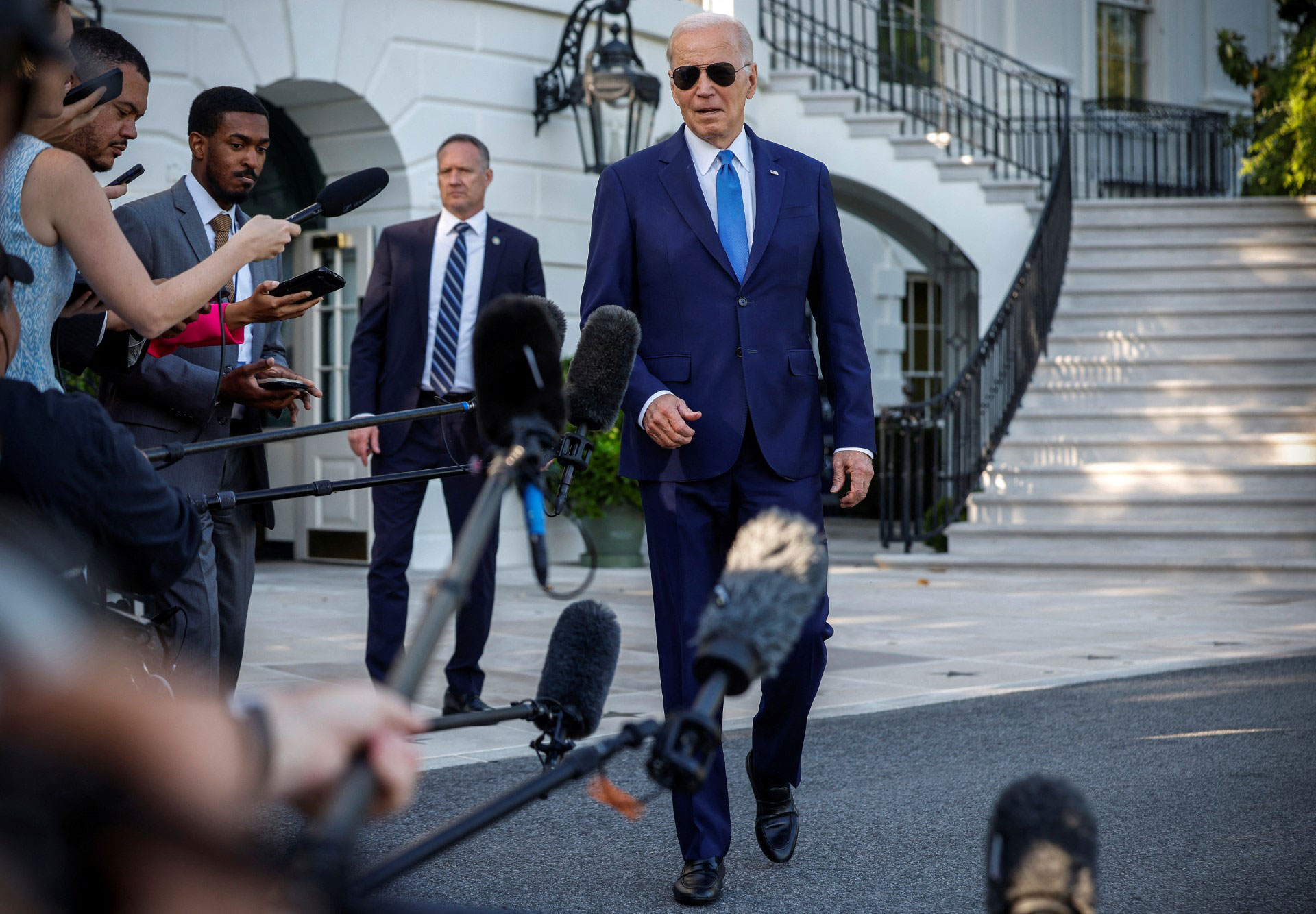Pressure on negotiations to raise the US debt ceiling increased after Treasury Secretary Janet Yellen confirmed on May 26 that the country would run out of money to pay its bills on time by June 5.
In a letter to House Speaker Kevin McCarthy, Yellen said that according to the latest estimates, the Treasury Department will not have enough resources to meet the government's obligations if Congress does not raise or suspend the debt limit by the above deadline.
This new time is more detailed than the information that "the US is at risk of defaulting on its debt as early as June 1" given by Ms. Yellen earlier. More specifically, the US Treasury Secretary said that the federal government needs to pay more than 130 billion USD in the first 2 days of June. This expenditure will leave the Treasury with only "extremely low resources" and not enough to meet all obligations.
Meanwhile, according to analysis by the Bipartisan Policy Center (headquartered in the US), the US Treasury will have a deficit of more than 100 billion USD in the period from June 1 to 15.

US President Joe Biden was optimistic about the prospect of reaching an agreement to raise the debt ceiling when answering the media at the White House on May 26. Photo: REUTERS
According to The New York Times, the content of the above letter highlights the difficult financial situation that the US Treasury is facing, as well as the risk that the world's leading economy is approaching bankruptcy.
To prevent this worst-case scenario from happening, the White House and the Republican Party are racing to find an agreement to raise the public debt ceiling (currently at $31.4 trillion). In the immediate future, US President Joe Biden expressed hope on May 26 that an agreement could be reached soon, and the leader has reason to remain optimistic.
According to Reuters, negotiators from the Republican and Democratic parties appeared to be close to a deal that would satisfy both sides on the same day. Specifically, the potential agreement would raise the national debt ceiling for the next two years.
Additionally, federal spending will decrease in 2024, according to AP, and will increase by no more than 1% in 2025. Notably, defense spending is allowed to increase by 3% next year, in line with Biden's budget request.
Still, the two sides have some major differences. Republicans, for example, want to strengthen work requirements for recipients of food stamps and other federal assistance programs, while Democrats have long resisted such demands.
The agreement will need to pass the Republican-controlled House of Representatives and the Democratic-majority Senate before President Biden can sign it into law, a process that could take more than a week, according to Reuters.
The concern now is whether the negotiations will produce results in time enough to prevent the US and global economies from falling into chaos. As the June 1 deadline is mentioned, there has been speculation that May 26 (local time) may be the last day to reach an agreement.
Now, the new June 5 deadline gives negotiators more time to find common ground, but some experts worry that the development could lessen the urgency of reaching a deal as soon as possible.
A new report from the International Monetary Fund on May 26 urged the US Congress to raise or suspend the debt ceiling, while warning of systemic risks to the US and global economies.
According to CNBC, in the event of a US default, even for just a few days, this could cause interest rates to rise and reduce confidence in the USD.
Source






















![[Photo] National Assembly Chairman Tran Thanh Man visits Vietnamese Heroic Mother Ta Thi Tran](https://vphoto.vietnam.vn/thumb/1200x675/vietnam/resource/IMAGE/2025/7/20/765c0bd057dd44ad83ab89fe0255b783)













































































Comment (0)